Do I know everything about how to run literacy stations?
Well {I’ll admit it}, no.
I would like to think that I do, but I know each individual is different. I know that the skill sets for all of our kinders vary. You have to find a system that works for you and your students. It has to flow and be manageable. Hopefully, you can at least take away bits and pieces that will help you manage your literacy stations.
I’ve had a lot of people ask me how I run stations in my room, so I figured I would just take some pictures and do a post about it.
Let me start off with how I set my stations up. I got these baskets off of Really Good Stuff. I’ve seen similar ones at Target in the dollar section. You just have to keep your eyes peeled for what works best. I found this stand at Walmart. I have to tell you that I would prefer baskets that were a little slimmer. As you can see, the baskets are hanging off the edge a bit. For someone that is a (ahem) bit Type A…this drives me crazy.
My first principal told me that she liked how we had the stations labeled as to what the students were expected to do. This is something that has stuck with me so I haven’t changed that. If they are rhyming then the names of the station is “Rhyming Road”. If they are expected to look up words in the dictionary then the name of the station is “Dictionary Drive”…etc etc. There is also a picture that matches each station. When they find their picture and their stations for the day on the work station board, they go find the corresponding image on the basket with their station. I just used a binder ring and a hole punch to make that happen. Nothing fancy 🙂
Here is the workstation board. There are 2-3 kids in a group for the ten day rotation. They are literacy station and math tub partners. After the ten day rotation, they switch partners. I change it up as much as I can. I try to put kids at varying levels together in groups. If you look at the top row, those two students will go to ABC Station, Dot Paint (and then if time), Book Buddy Bags. For math tubs, they will do tub 1. This post is only for literacy…I’ll come back and do a math tub post at some point. I don’t want to overwhelm 🙂
After a day of literacy stations and math tubs, the students on the bottom move to the top and everyone shifts down.
Like I mentioned, I like to name my stations. Some teachers might do images or numbers. If this is a system that you think you would like to implement, you can find all of these cards and the list that has more here:
Here is dictionary drive. The students get a kids dictionary and look for the five words. It builds alphabet awareness and word recognition. I typically put things that we are studying at that point in time. For example, the week we do pumpkins the words might be: pumpkin, sprout, seed, sun, and vine. The students have to find each word, write the word, the page number and then draw a picture.
This is a great kid dictionary to invest in.
After that have searched for the five words, the finished product would look something like this.
I always have a syllable station. I put hand clappers in there with it. The students look at the picture and read the word. Then they clap how many syllables the word has and then circles the number.
There is always some sort of alphabet station. For ABC order, students highlight the beginning letter of the words. After they do that, I have them go find the letters on the alphabet strip at the top of the page. That way, they can see what order they need to either write or glue their words down.
Magnetic Mountain is a station that is there all year. This is a staple station that never ever leaves. I explain it one time and that is it. Students have to build the sight words and then color them in. I have them read all of the words that they built.
The magnets are from Lakeshore and the recording pages can be found here. There are editable options so you can plug in your own sight words.
There is always a computer station. We have moved on to words, but the students did beginning sounds at the start of the year. Now students are typing words. We are working on correct hand placement on the keyboard…but that’s a work in progress. Right now, we are trying to integrate phonics and technology as best as we can. Students love printing their work when they are done. The best part about it is that they are not able to mess with the images or move anything in this program.
These are also stations that I have made and plan on making more. There just aren’t enough hours in the day
You just have to have a listening station. It’s the quiet corner.
Kidding…sort of.
Again, it is a station that I don’t have to explain. Which is glorious if I do say so myself.
Word Way can be anything. For awhile, I was having students write their three sight words for the week Rainbow style. Any chance they get with markers is highly exciting since I feel almost the same way about markers that I do about glitter…almost.
This is one I have on hand for ya. All you have to do is enter a text box and type in the words {or letters} you want them to practice.
There is always a book of some sort for students to publish for “Publishing Place”. You can always just put some stapled book-lets of white paper in this station and let students write.
I usually have a stamp or sticker station. For this station, students have to type in the beginning sounds for each picture.
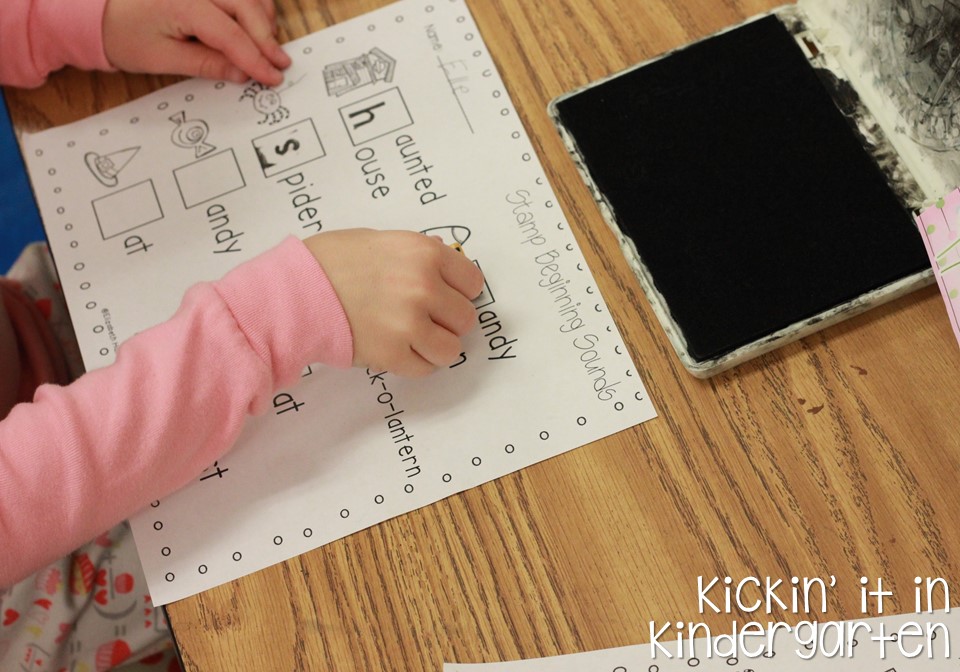
Stations don’t have to be paper driven. You can find a lot puzzles at the dollar store, Lakeshore, Really Good Stuff, Amazon…etc. There are also some on TpT that are free if you don’t have funds to buy anything. Start your collection early and if you do print a puzzle out, laminate it so you can reuse it!
Why go to all of this trouble?
First off…you want to make this time meaningful for the students that aren’t meeting with you at your reading table. That’s why we are doing these stations, correct? Please tell me that you are doing small groups…right?
Ok, good. I thought so.
While you are meeting with small groups, you want the other students to be engaged in independent learning. They also should be practicing working together. If you are at a reading table, they can’t run up to you to ask for help. They have to learn how to depend on each other. I teach them how to look for students that did the station that they are doing from the day before if they have questions. The students from the previous day might be able to help if they can’t figure it out together.
It runs like clockwork in my class. I hope that there is something that you can take away from this post!
How do stations run in your room? I would love to know!

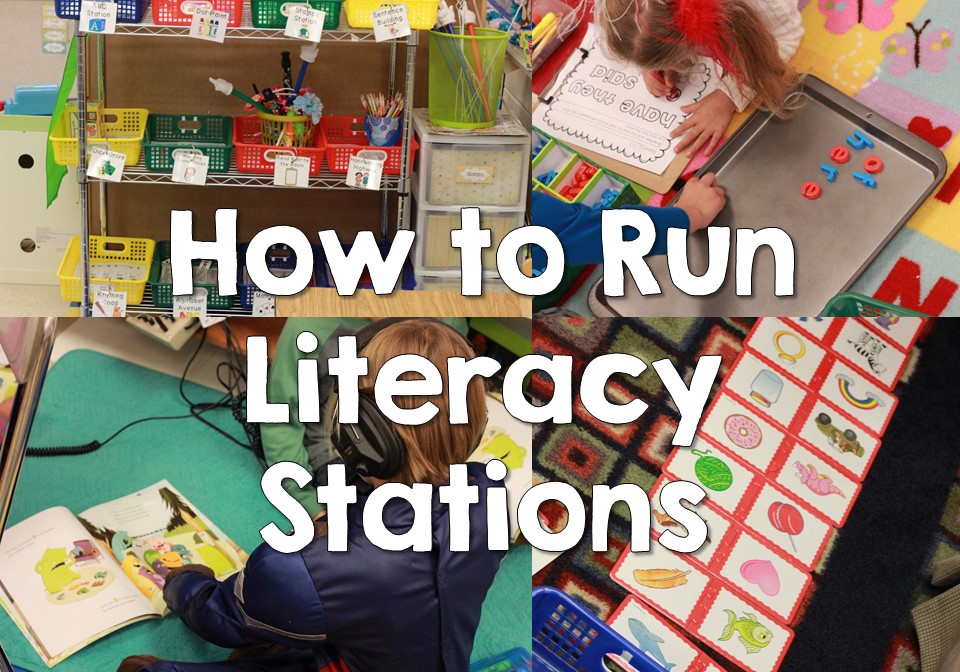
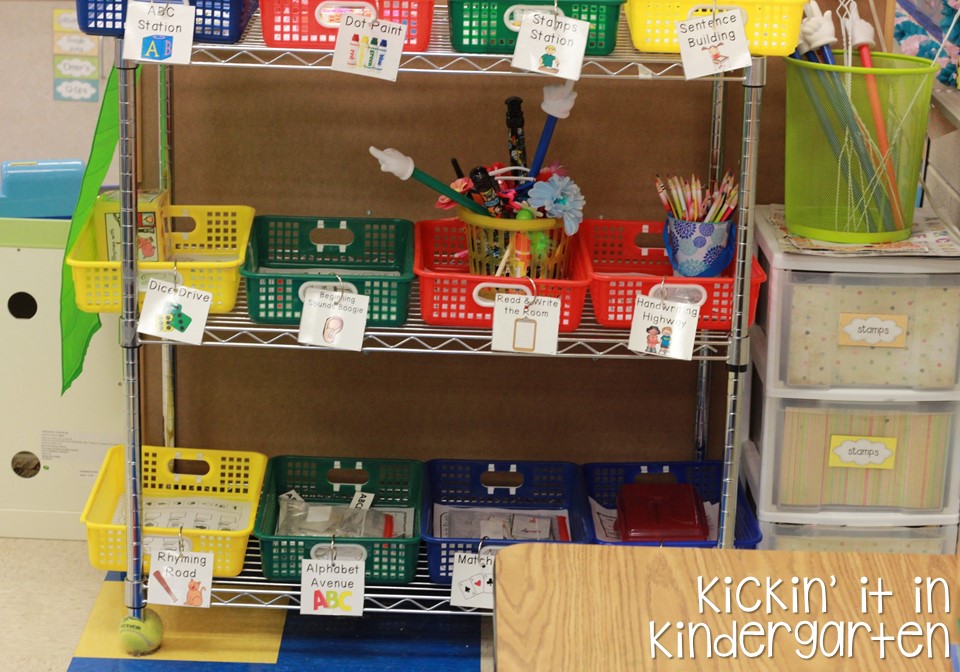
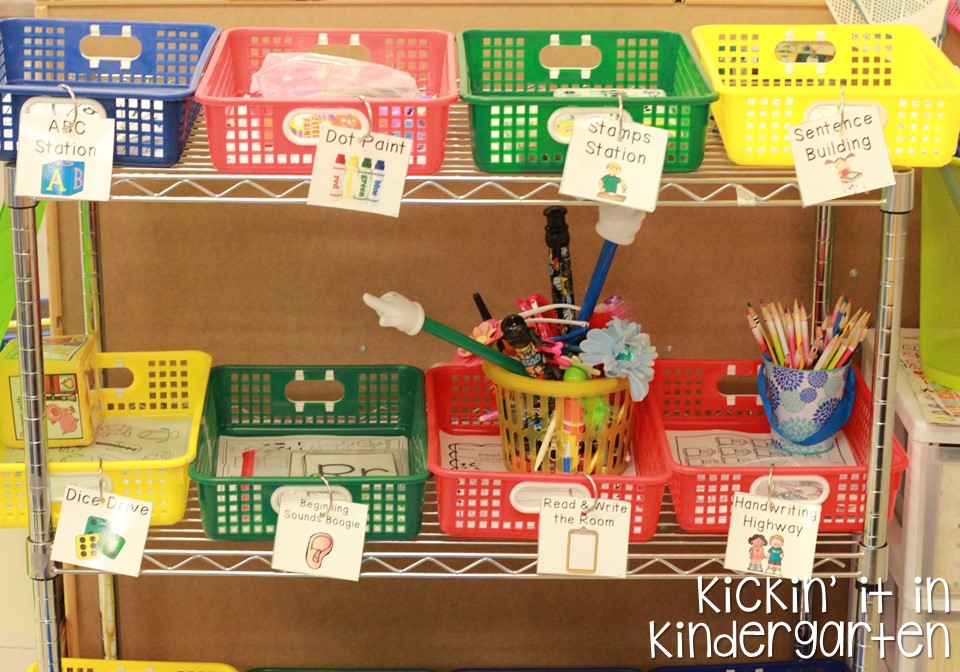

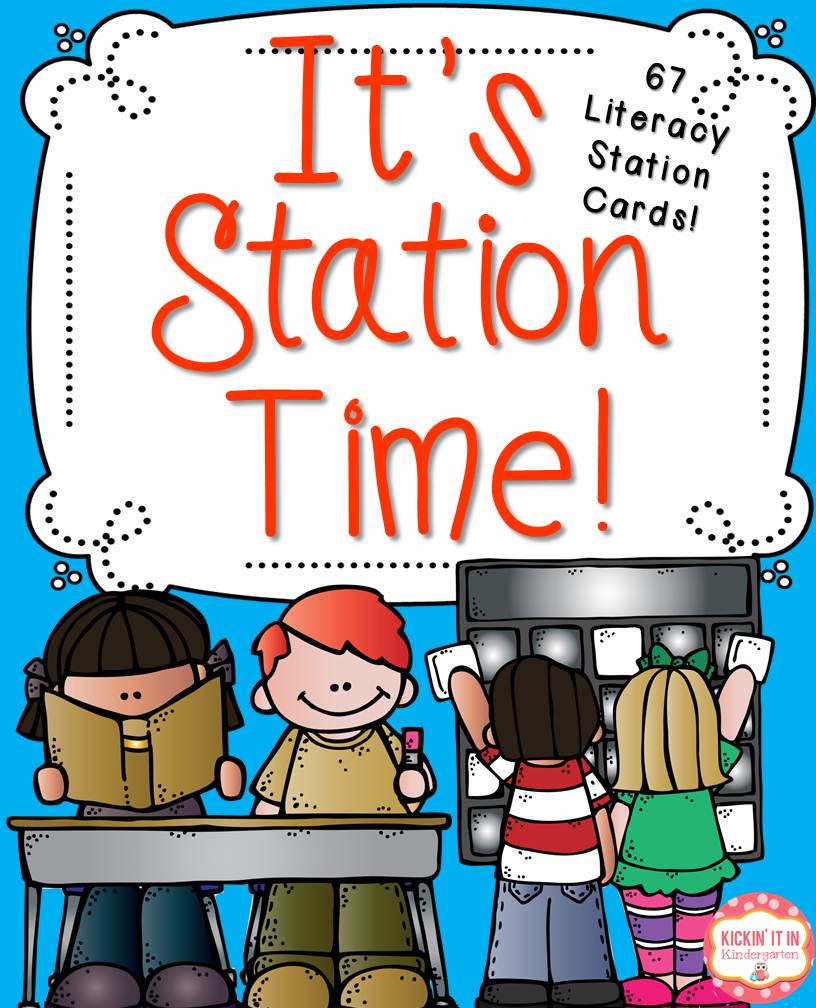
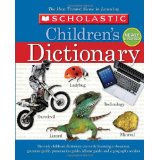


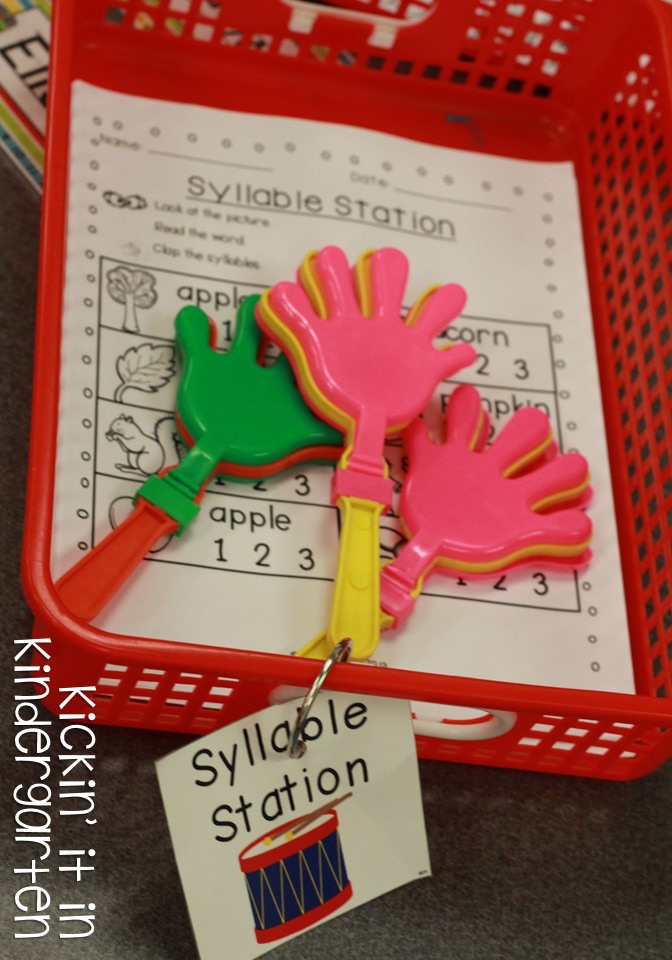
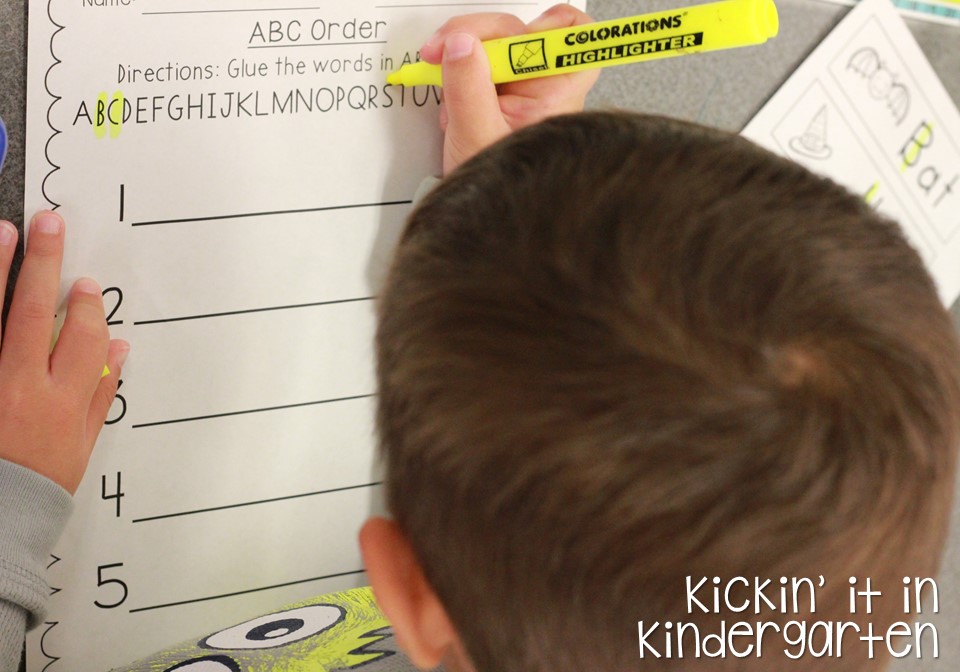
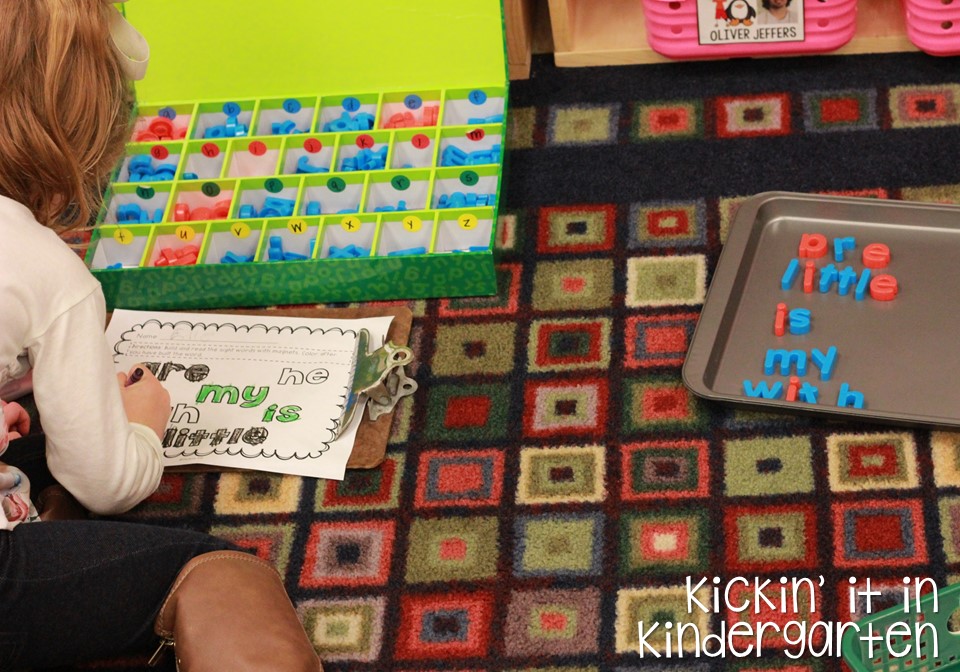
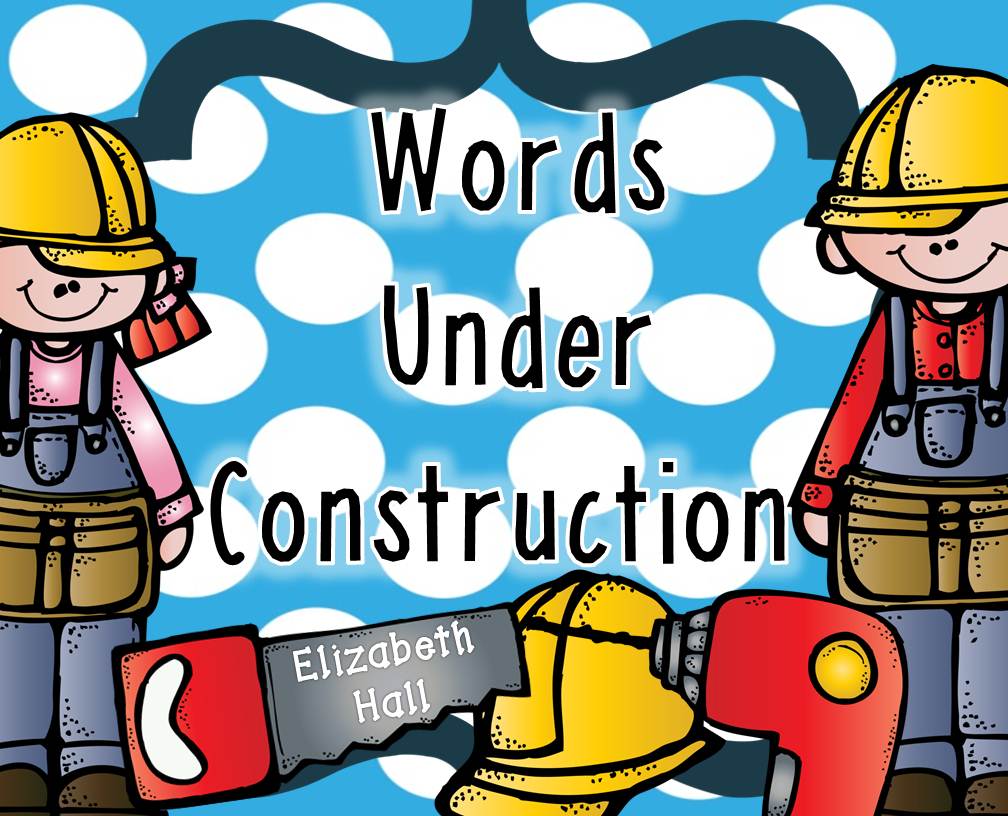
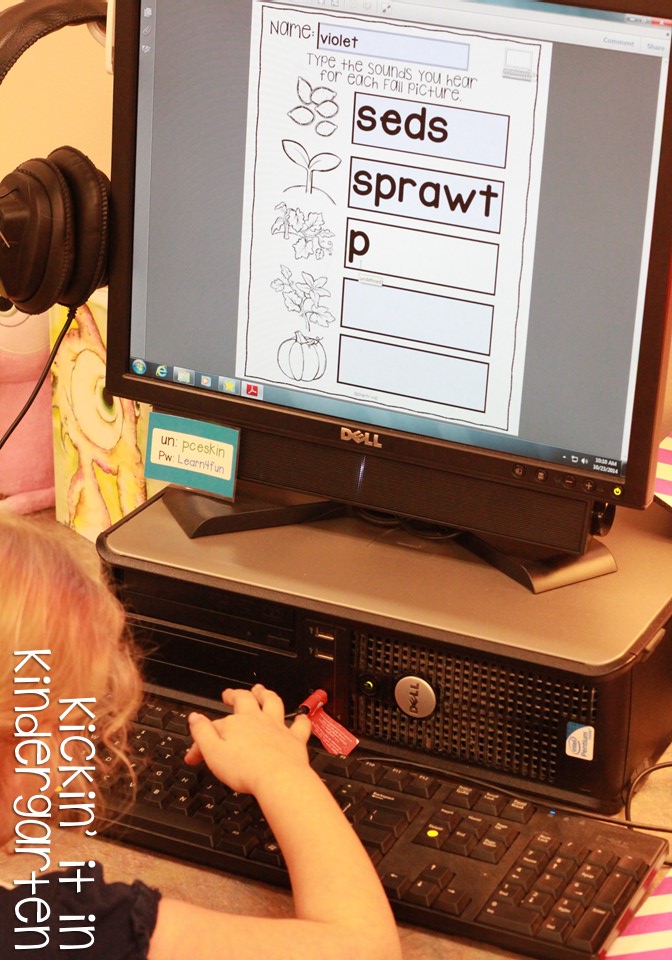

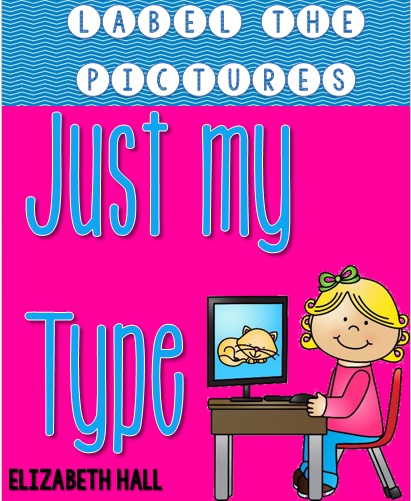
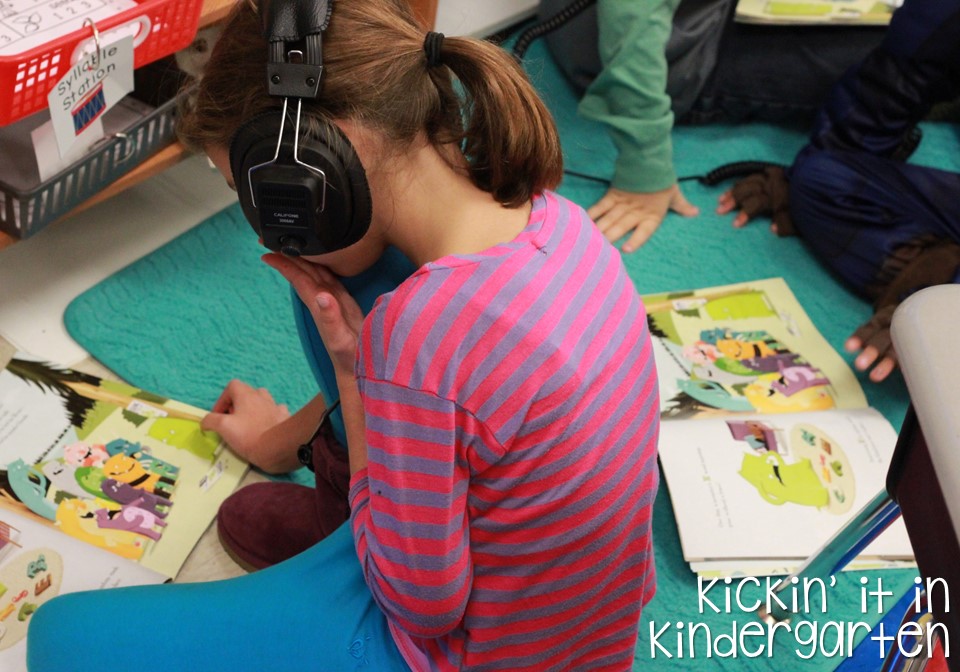
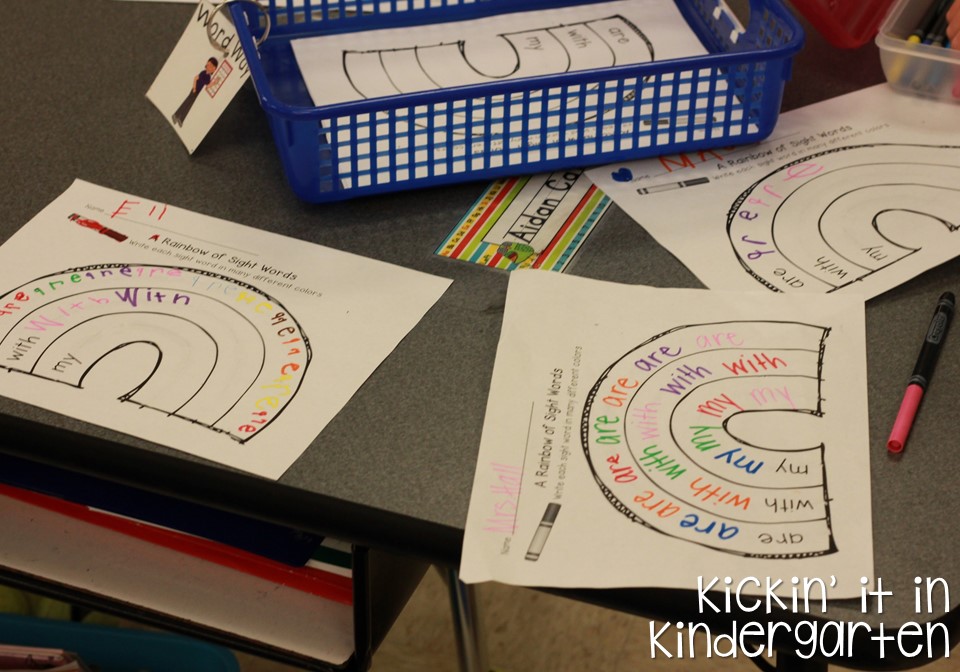
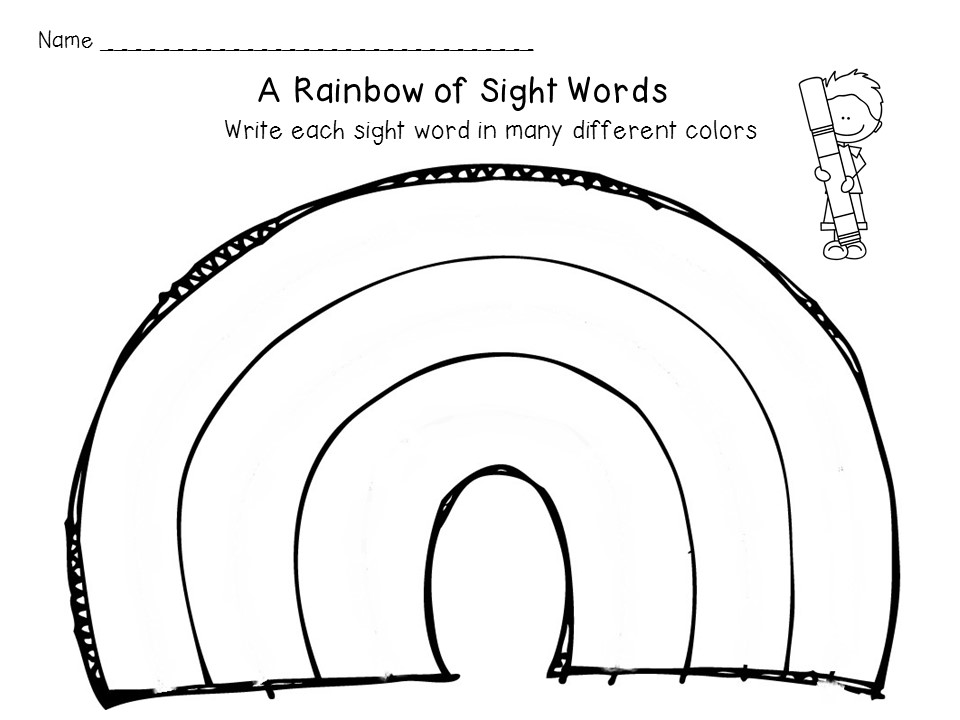
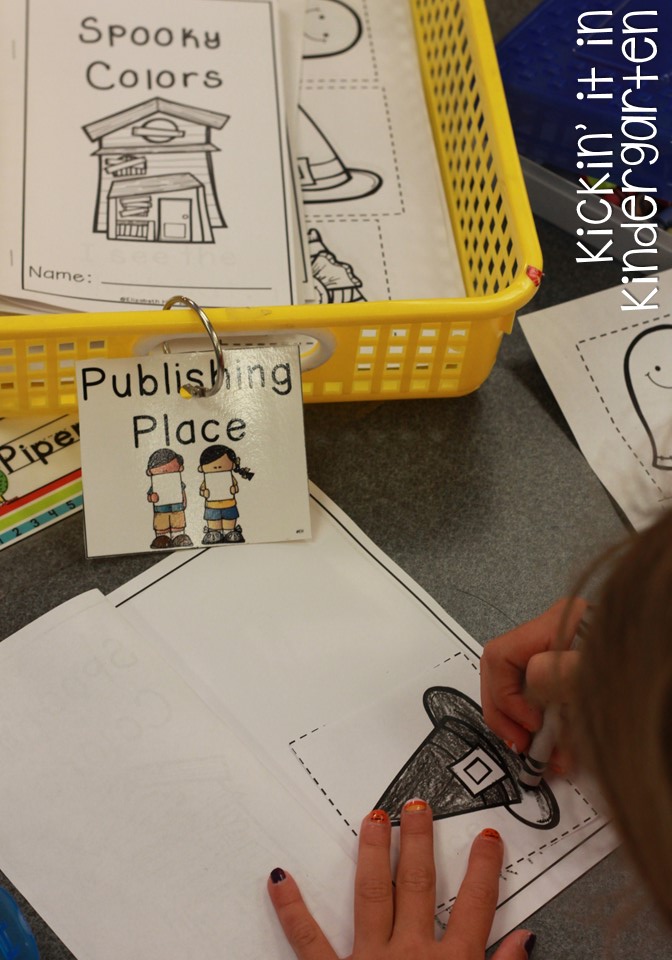
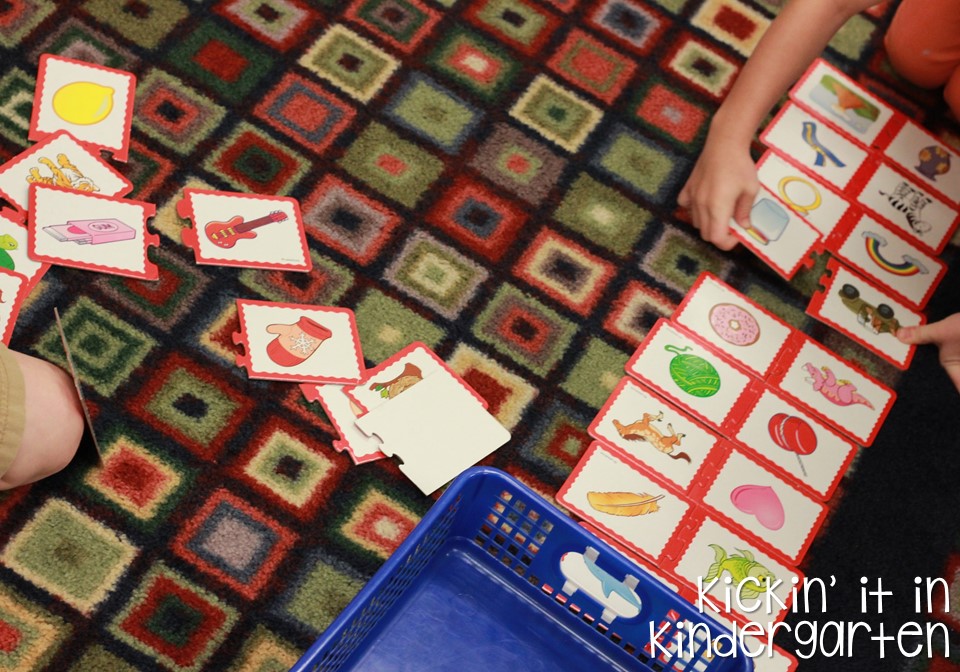
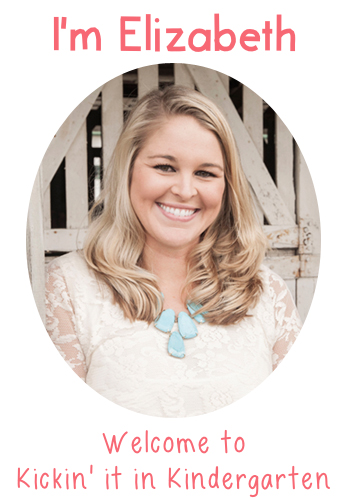
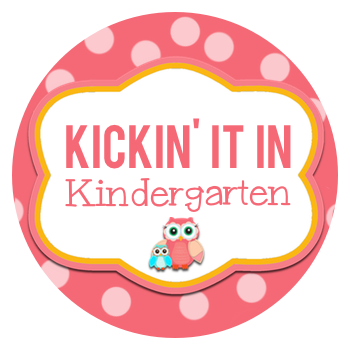




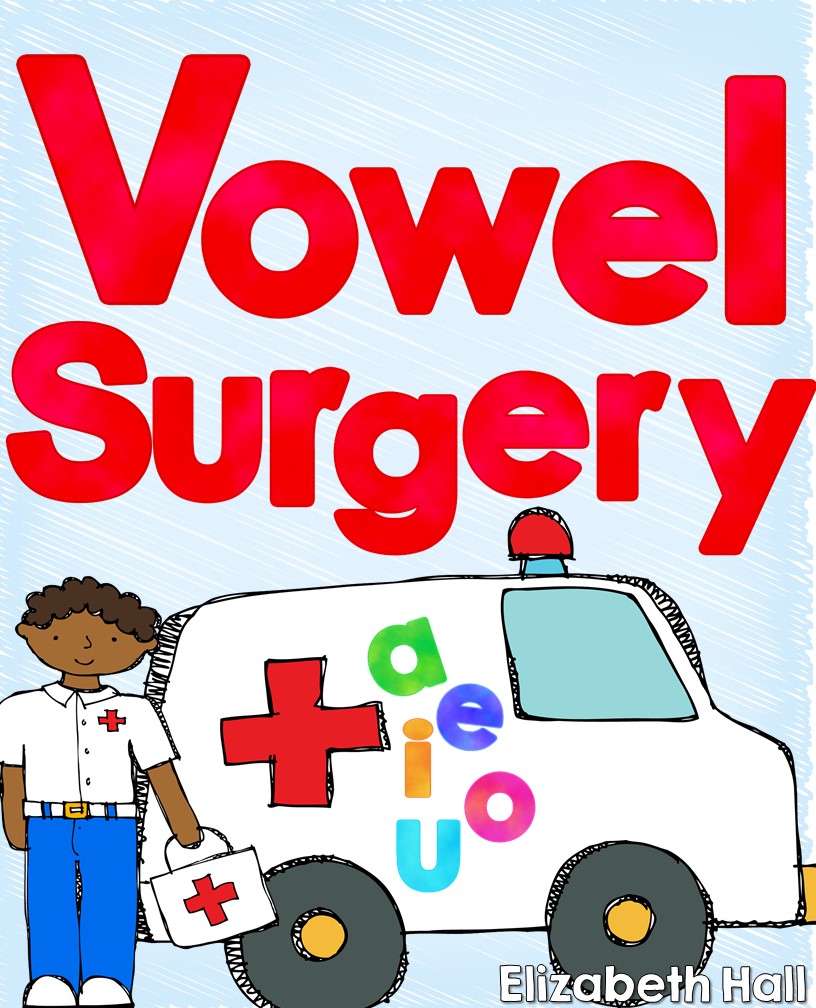
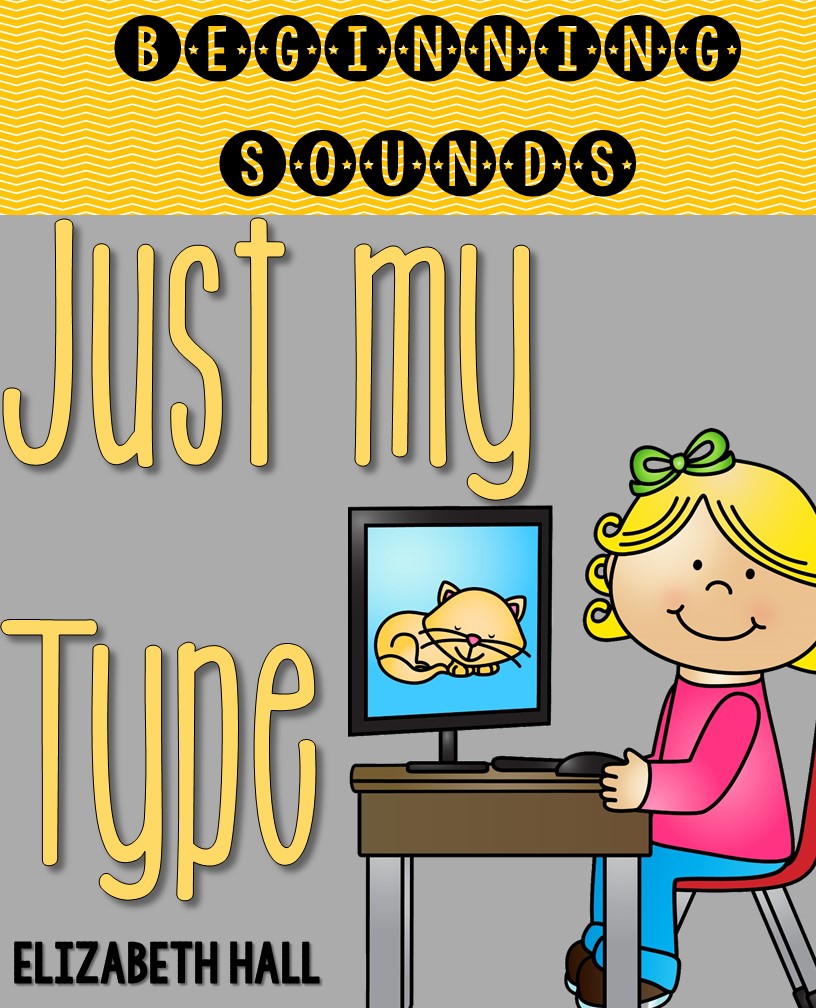
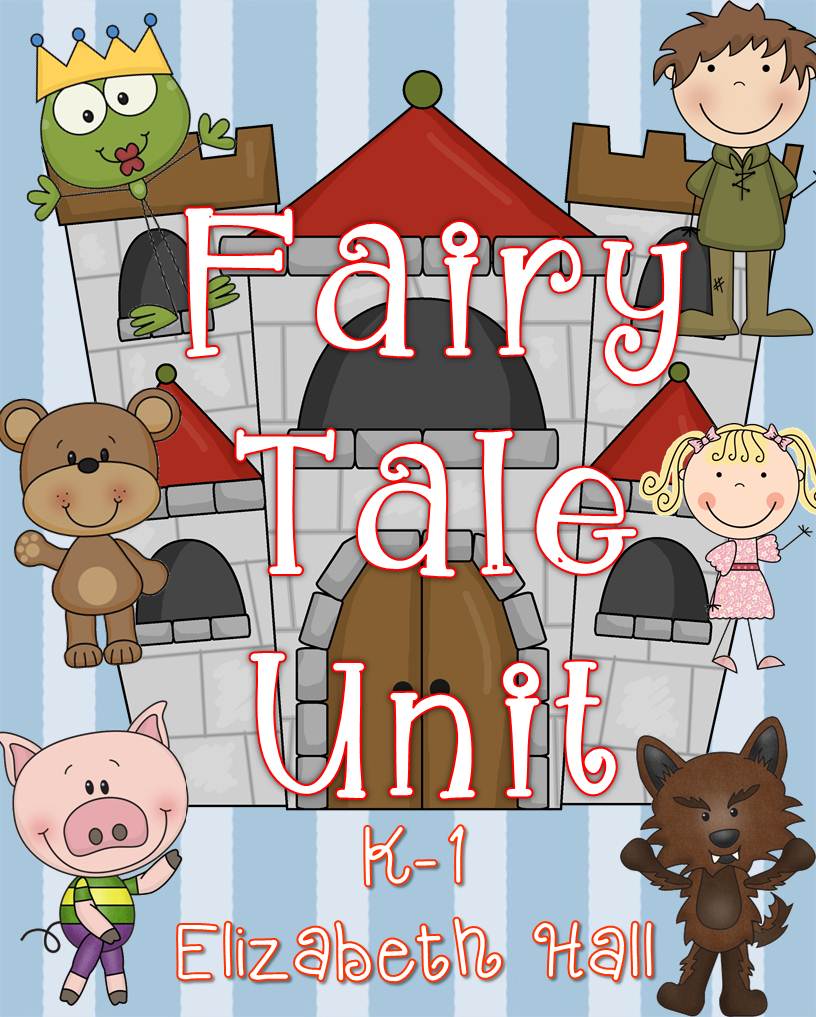
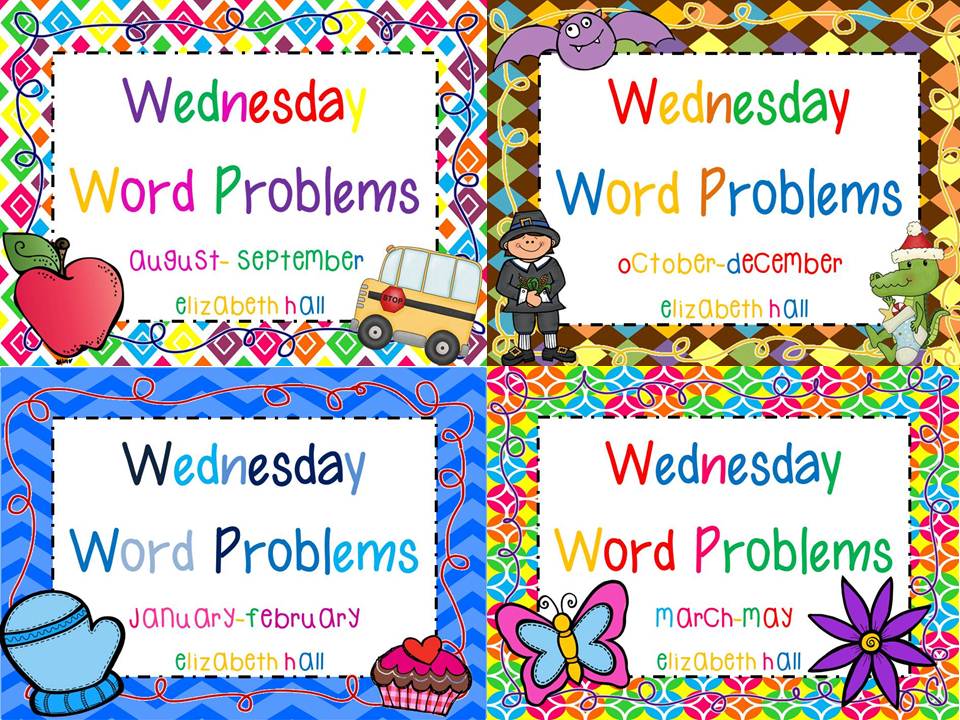
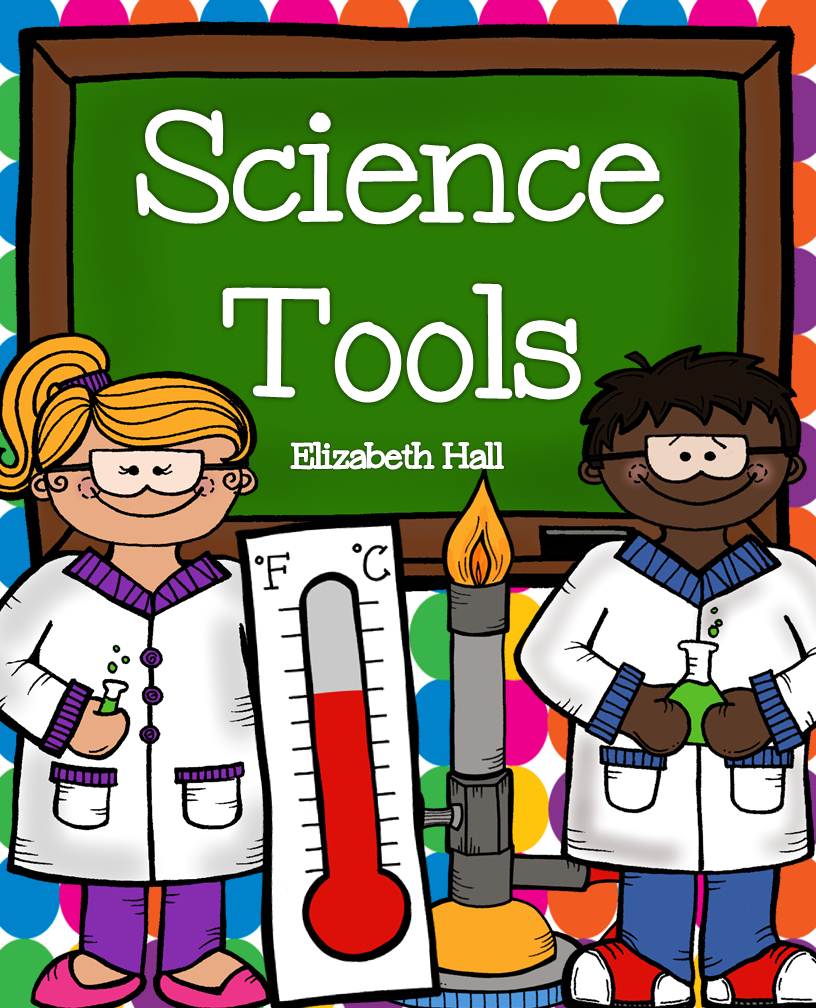
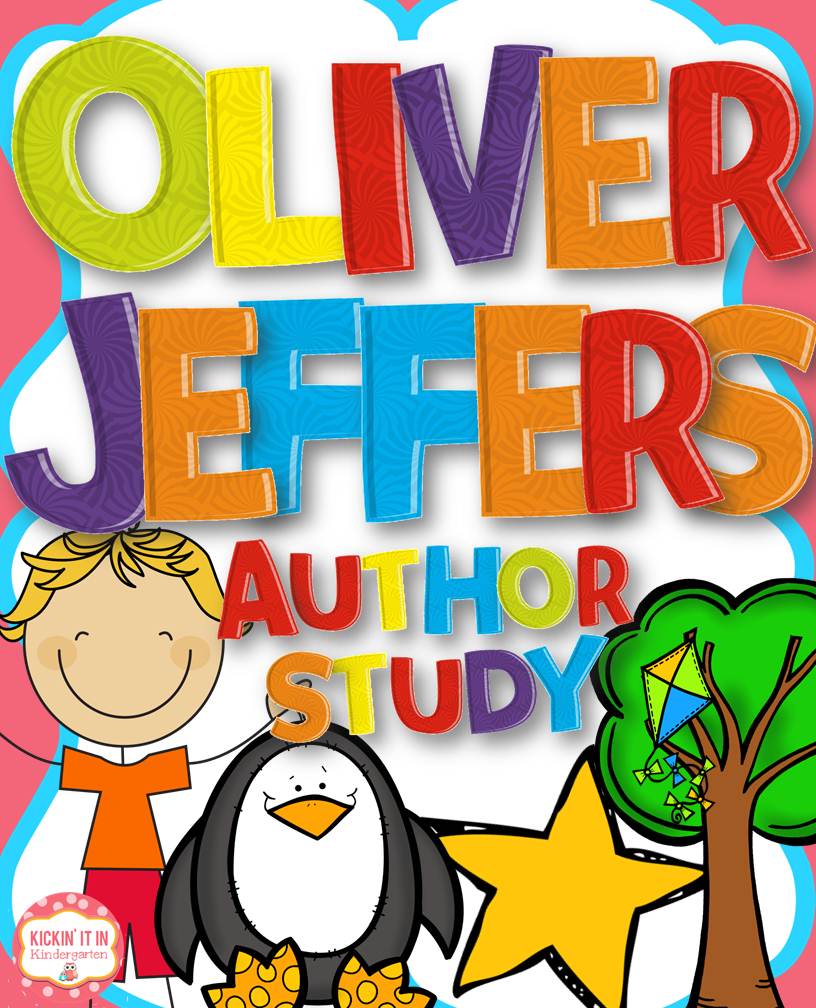
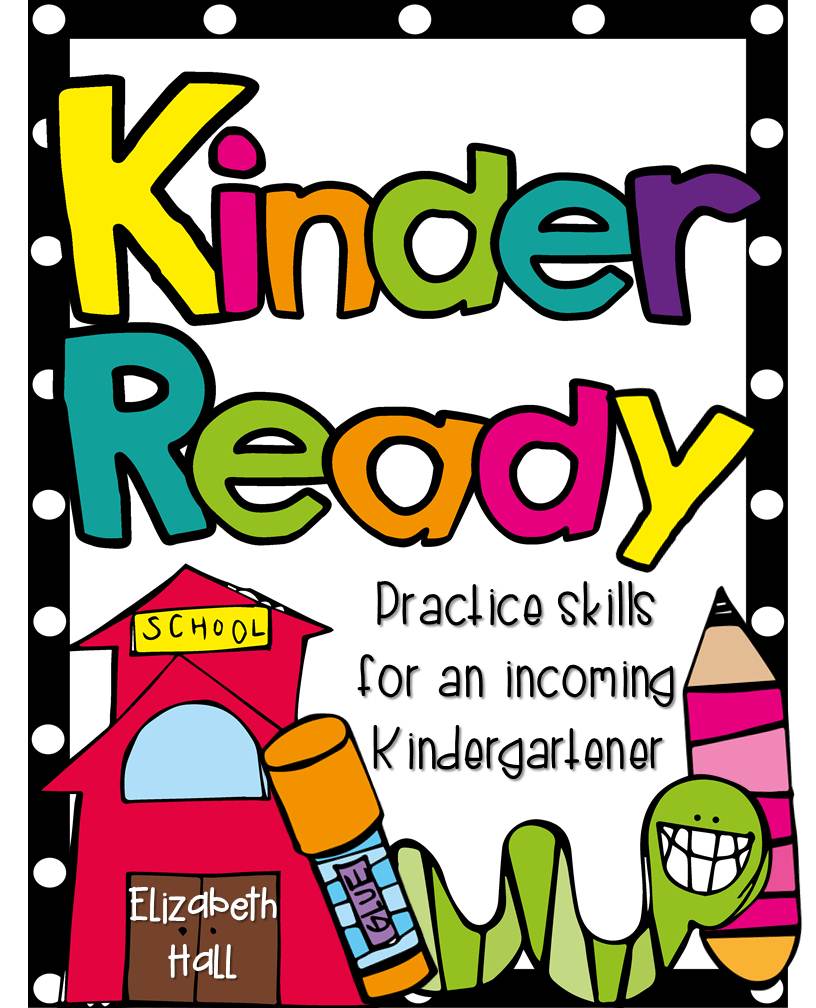
I am trying Daily 5 for the first time and it is interesting how the students think about doing things even after we have spent time working on them before I let them do them independently. Some choose to do the same activities each time they are in their center. I like your idea of assigning them to a skill basket. When do you pull the small groups to work with? I do my center time at the end of the day when I have my class (we are departmentalized) and my title I students go with the title I teacher at that time. I don’t have them worked into my center rotation.
I want to love daily 5 for Kindergarten and I just don’t! I pull the small groups while the other students are working. There is a station called “teacher trail” which you could make part of your board. I just pull on an as need basis.
Thanks for the great info. I am struggling with centers in my K room. How long is each center or are the timed at all?
Each center should take around 10-15 minutes. After they are done, they read their books in their book bags.
I think that’s a great idea to have them get their books if they finish early. I am also thinking that some kids need extra time to complete work, so they could go back to their desks to work on it if they finish their Daily 5. Thanks for motivating me to even make my Daily 5 better!!!! Love the information you shared!!!!
I love your stations! Can you tell me if your abc order and syllable sheets are in your tpt store? Thanks!
Hey Holly! Yes, they are. I have them embedded throughout all of my products to keep it consistent. You can find them in the Boo Spooky Unit, November Math and Literacy Stations, and Giddy for Gingy. I will try to make a unit where they are editable! Be on the lookout and I’ll post when it’s done!
This is helpful! Two questions… 1) What is the book buddy bag? 2) How long is each station?
Book Buddy bags are the bags that they keep their Just Right Leveled Books in. Each student have 4 books in their bag. 3 of the books are on their level and then their guided reading book (which I use during small group time) is a book that is one level above. Each station runs about 10-15 minutes. I let them rotate when they are done on their own.
What do you have your magnetic letters in? Looks awesome?
Thanks!
It’s from Lakeshore…container and all! Here is the link. http://www.lakeshorelearning.com/product/productDet.jsp?productItemID=1%2C689%2C949%2C371%2C896%2C957&ASSORTMENT%3C%3East_id=1408474395181113&bmUID=1414692260481
Hi Elizabeth!
I enjoyed reading this post so much! Lots of great ideas and I love the independence that stations foster. Hope you are well! 🙂 Hugs to you!
Thanks Sandy…you are the best! Can’t wait to see you in Vegas again! Hugs back <3
Thanks so much for this great and thought provoking post!! We area actually doing Debbie Diller’s literacy station as professional development this year. We do Daily 5 and this is very similar to what we do. Love the organization!!
Awesome…love Debbie Diller!
Wow! I love this post so much. I do stations, but they still aren’t running as smoothly as I would like (this is my 3rd year teaching–each year gets a wee bit better). I have some questions.
What do students do when they are finished with their station? For example: the beginning sound stamp page wouldn’t take long for students to complete. Do they go to their second station from there? Or do you have “extra” activities they can compete at that station until it is time to move? Are the stations timed, or do they move on to their next station whenever they complete their first one? ALSO, do they get their work checked? That’s where I struggle. I will be with a reading group and my aide has a hard time keeping up with checking the other student’s work.
Ok, I probably will have more questions, but that is good for now! 🙂
Thank you for the wonderful ideas!
To answer your first question: yes, they go to the next station. If they finish their book bags and both stations then they can sketch in their sketch pads or read books around the room. That doesn’t happen often though 🙂
The students have thirty minutes to complete all of their stations for the day. I do check their work. I have a “quality work” basket that I keep on my desk. They put their work in their when they are finished. Hope that helps!
I love this! I am trying to find a way for centers to be productive for my kids! I was wondering if you can tell me what curriculum you use? I am doing centers daily, but they are based on the skills they are learning that week, and don’t understand how that would work with a 10 day schedule.
Great stuff!!! What do you do about your “high flyers”. I have several and for example the “syllable count” would take them all of 2 min to finish then I would head those clappers the other 12 minutes!!! Do you level the work that is in each center? So if they finish their station in 5 minutes, they spend the other 10 min reading?
what does your assistant do during this time? so your literacy station time is only 30 min? sorry so many questions 🙂